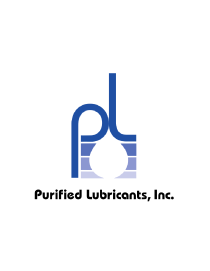“How can you be proactive with your maintenance practices when you are currently in a reactive environment?”

“How can you be proactive with your maintenance practices when you are currently in a reactive environment?”

“We’ve noticed that aeration is occurring in one of our hydraulic systems. What causes this to happen?”

Effective lubricant selection must strike a balance between quality, application and affordability. In order to achieve and maintain this balance, lubricant specifications should be created to serve as a guideline for what to purchase and how to use it. This article will discuss the necessary steps for creating lubricant specifications and how they can lead to sustained machine reliability.

The increasing complexity of today’s hydraulic systems means there is a lot to know about proactive and predictive maintenance in order for optimum reliability outcomes to be achieved. It’s my observation though, that this increasingly specialized knowledge is grossly undervalued in the marketplace. And despite my loud and regular protests to the contrary, it seems the Holy Grail of all hydraulics-related skills is and always has been: fault-finding.

Historically, users of oil analysis have relied almost exclusively on commercial oil analysis laboratories or oil suppliers to identify when a machine is in alarm. Realizing the limitations of this approach, world-class organizations are taking charge of their own alarm settings to ensure that their specific objectives are met. The advent of sophisticated oil analysis software has put this objective within reach of most anyone who desires it.

